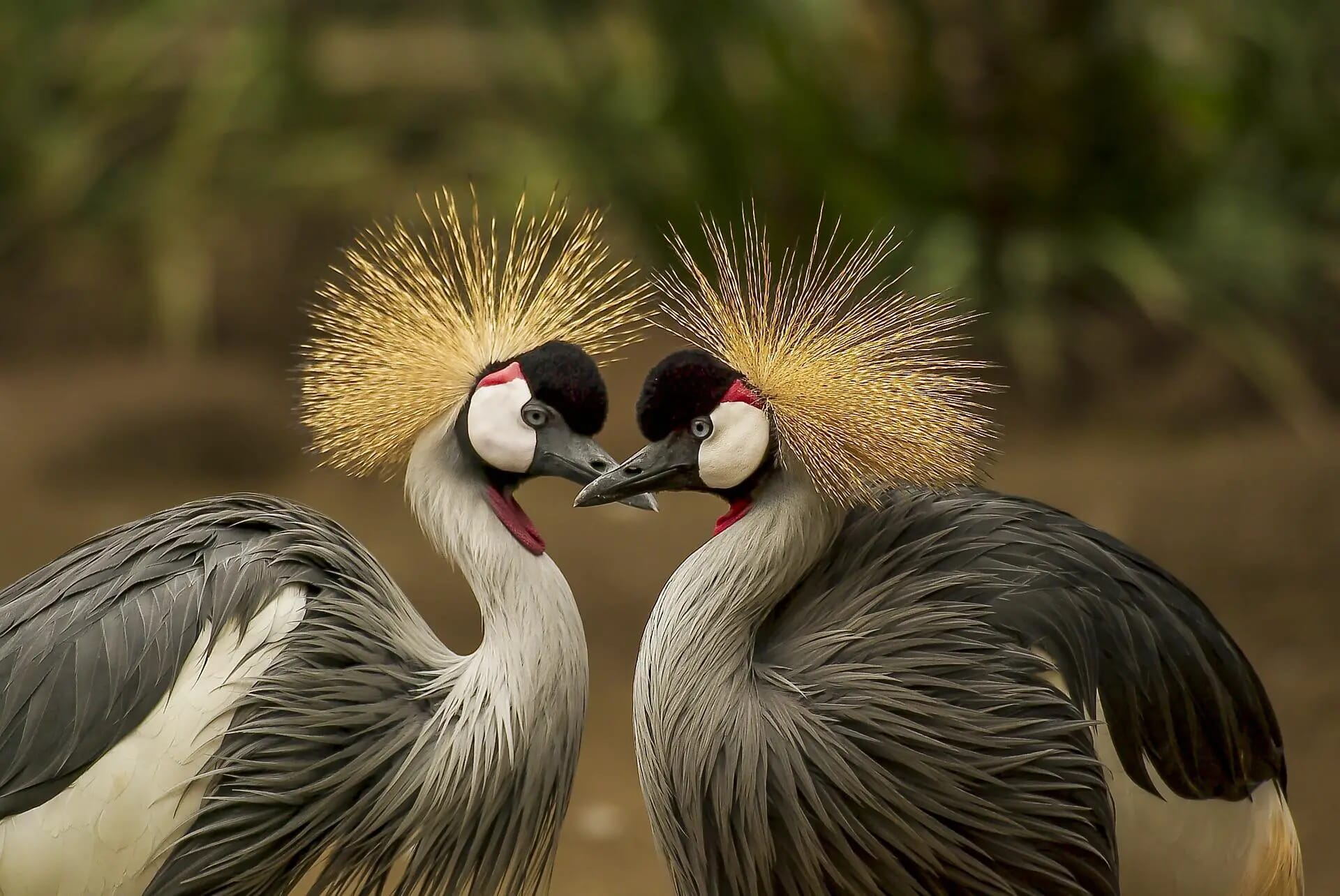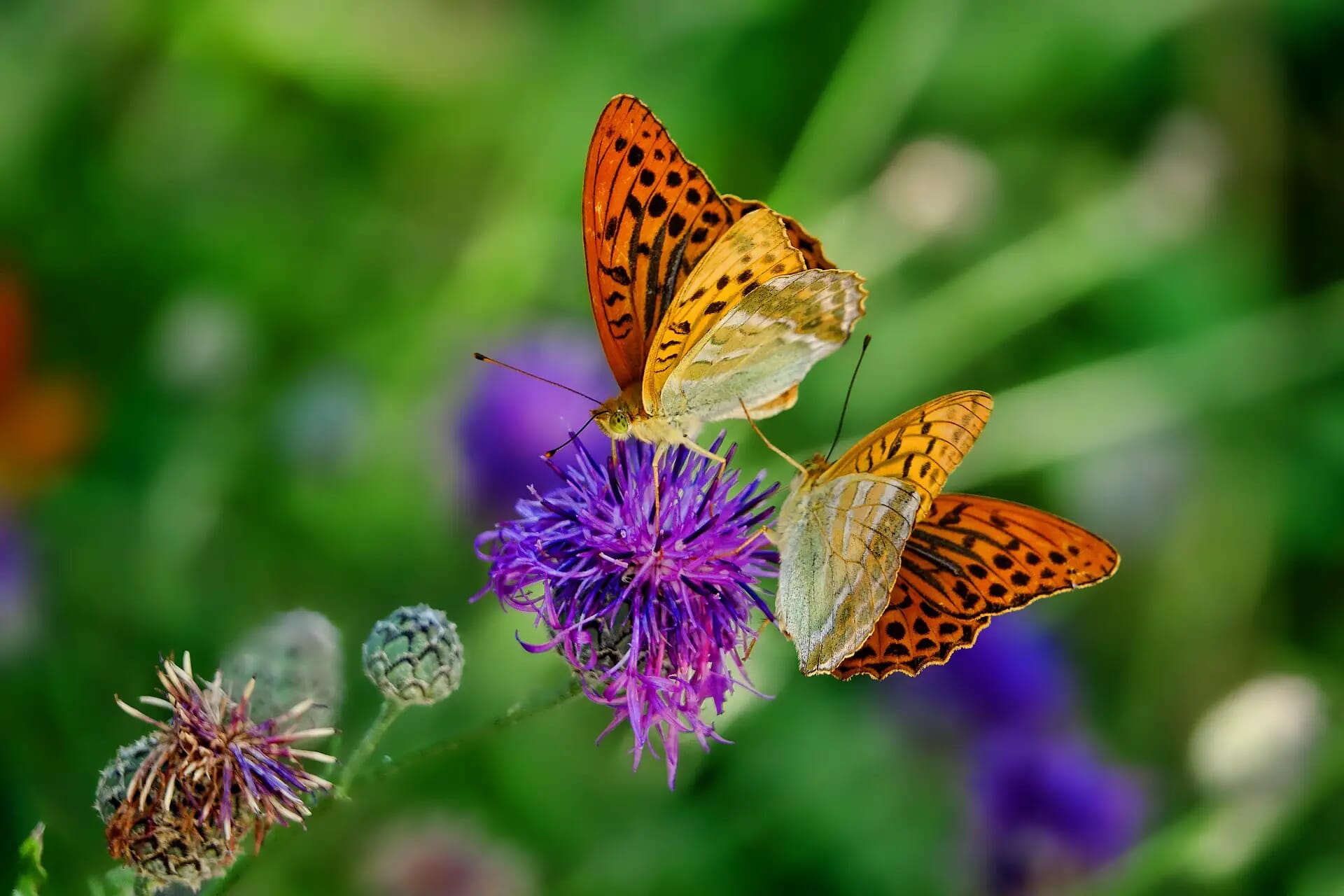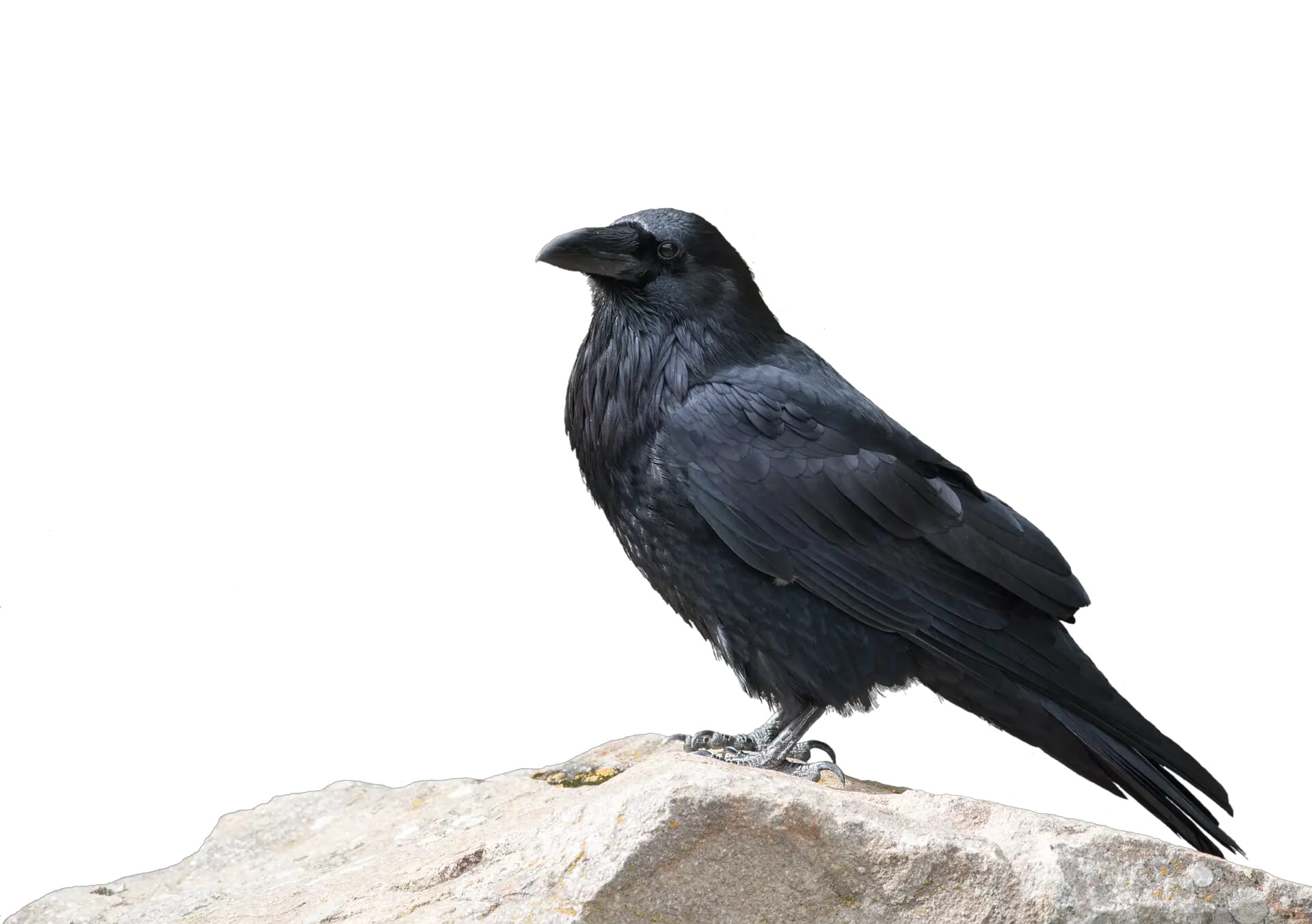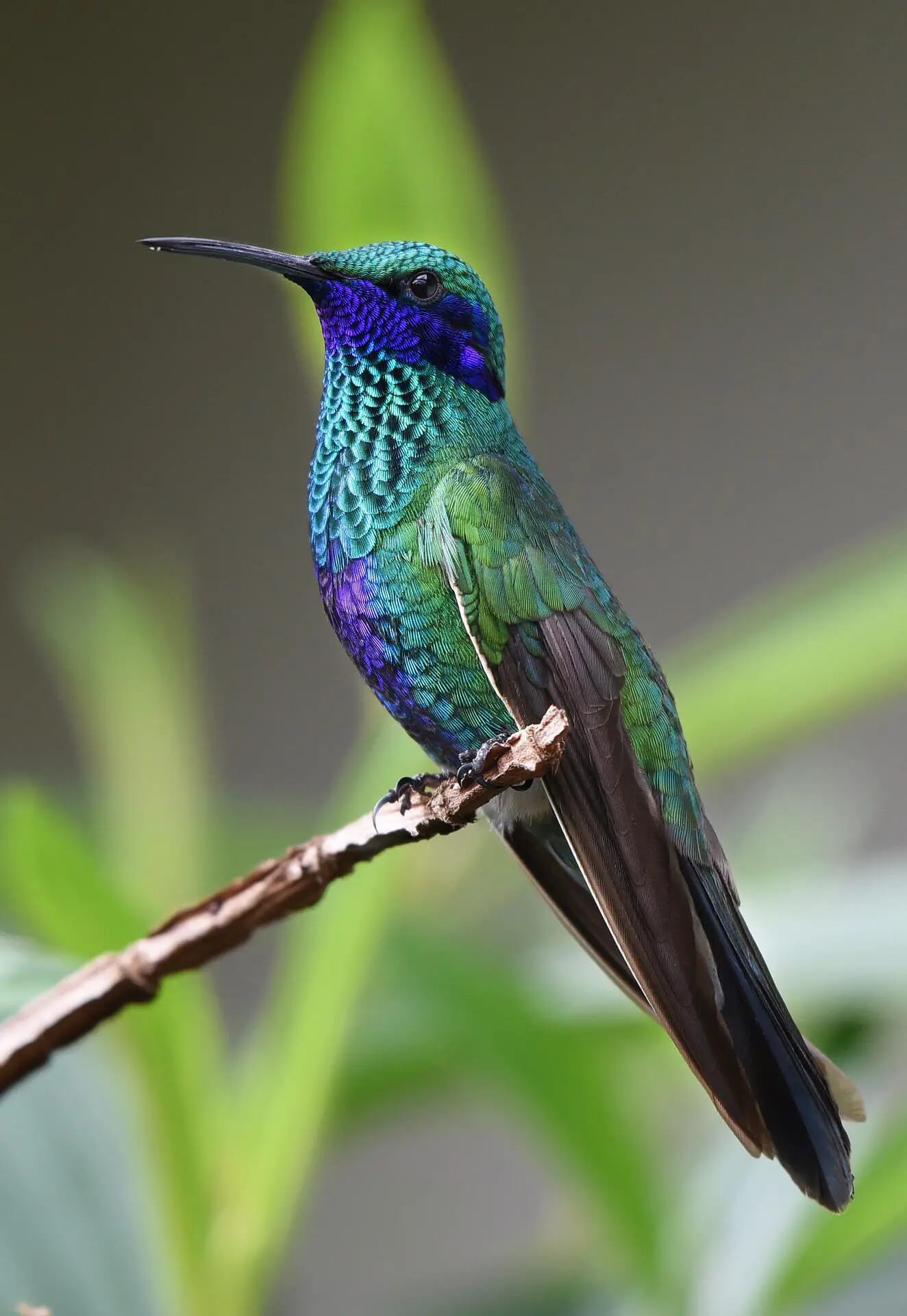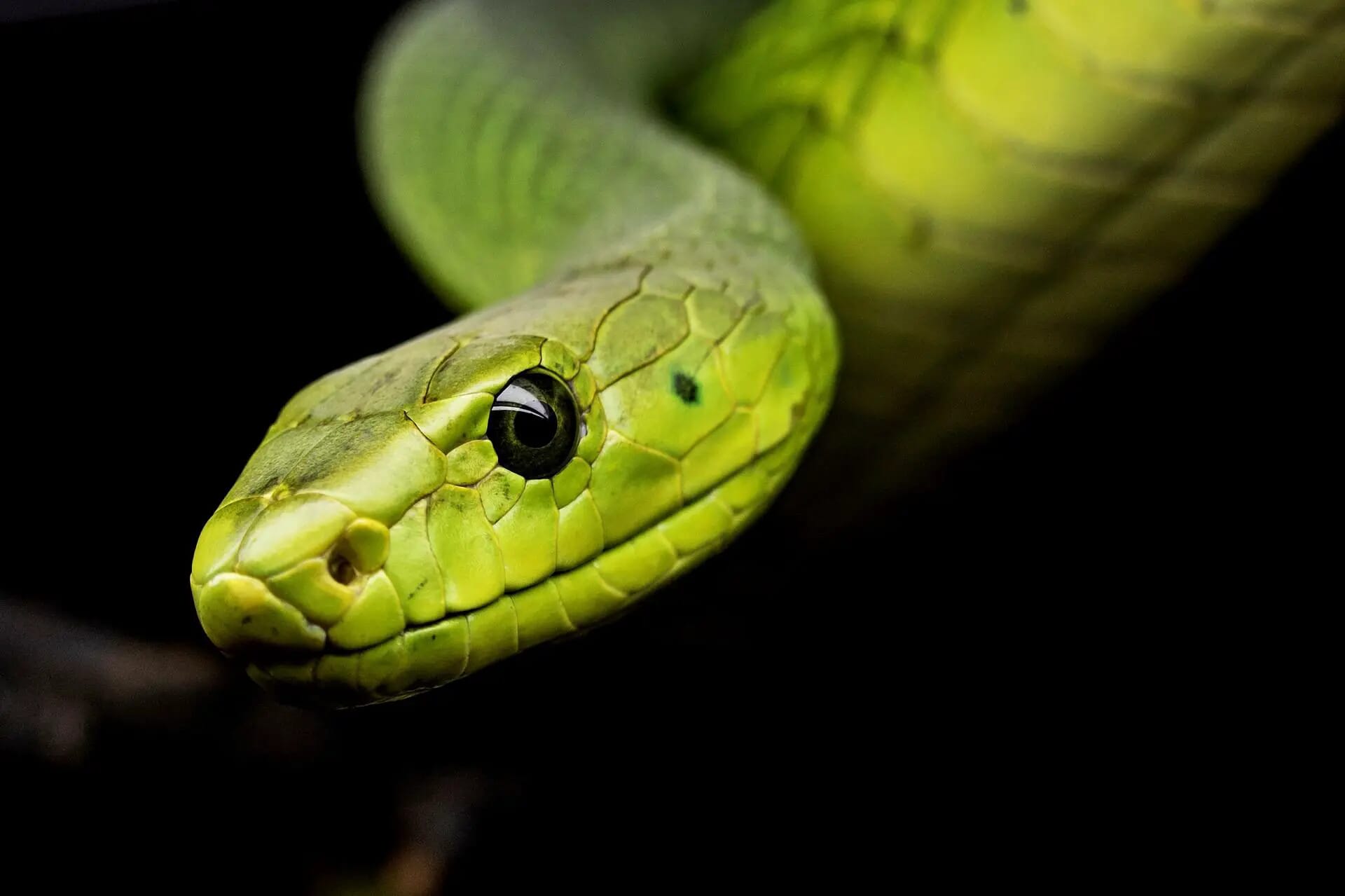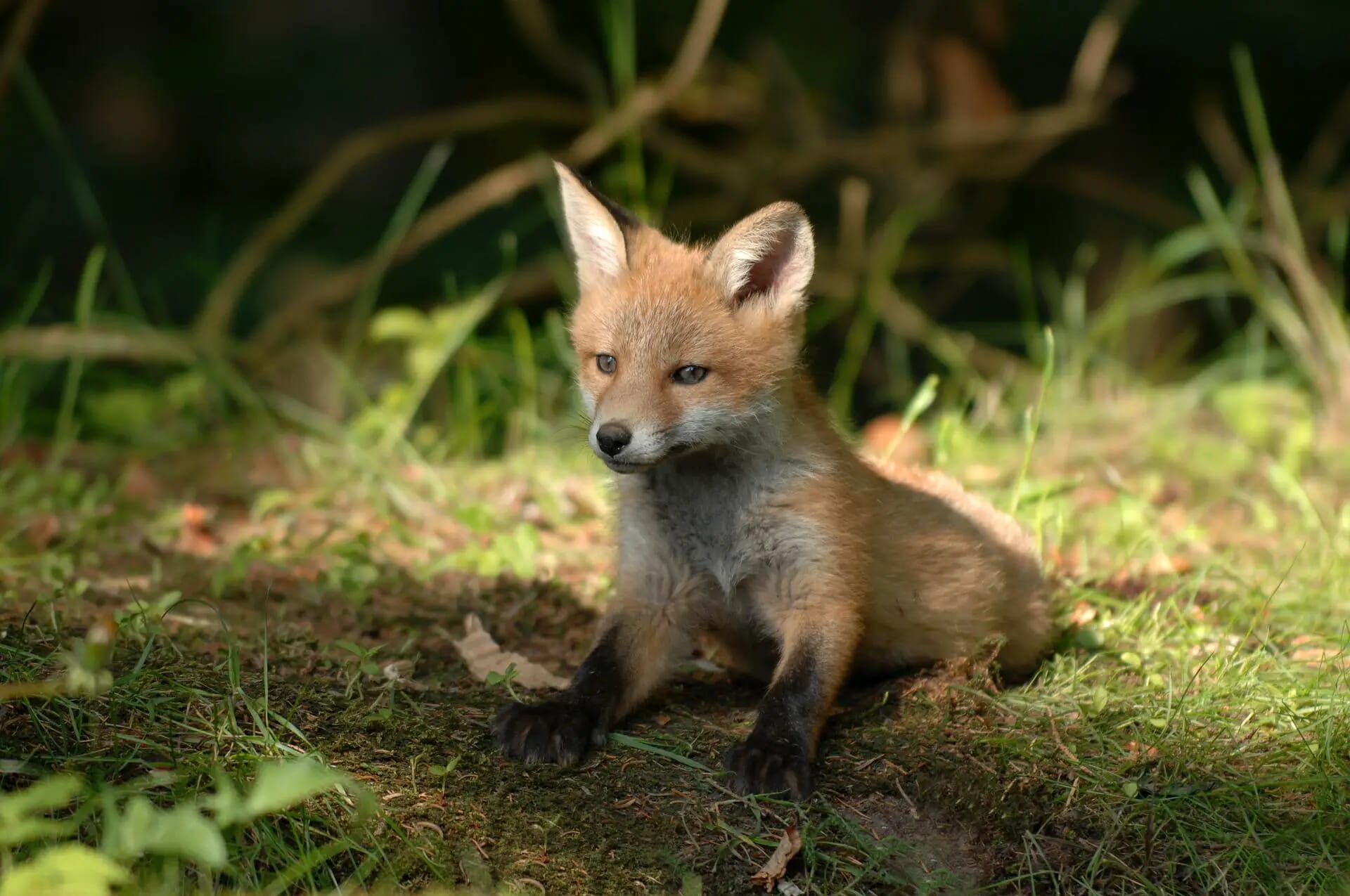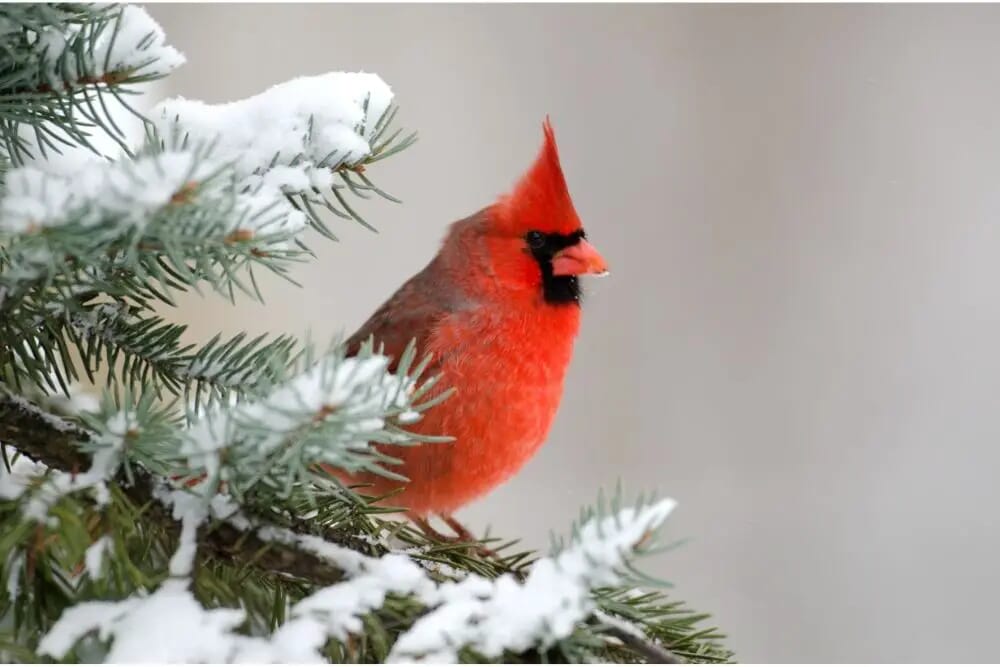Last Updated on December 26, 2023
I cordially invite you to journey with me as I explore the serene realm of the crane spirit animal, where I will unearth the profound meanings, totemic wisdom, and hidden symbolism that await my discovery.
These majestic and graceful birds represent grace, patience, and spiritual awakening, and they hold a special place in the tapestry of spiritual symbolism.
I’ll delve deeply into the symbolism of cranes in this investigation and provide insights that go beyond their serene outward manifestations.
I’ll discuss the difficulties they can help me overcome, the behaviors they encourage, and the revolutionary solutions they provide to those who accept their presence.
I’m ready to explore the age-old mysteries of the crane and stand tall in the waters of wisdom.
Key Takeaways
- Longevity: Cranes are often associated with longevity, representing a long and fulfilling life.
- Good Fortune: In various cultures, cranes are symbols of good fortune, prosperity, and positive outcomes.
- Communication: Cranes use elaborate displays and vocalizations for communication, symbolizing the importance of clear and effective communication.
- Grace and Elegance: Cranes are known for their graceful movements, symbolizing beauty, elegance, and the ability to navigate life with poise.
- Migration: Cranes undertake long migrations, symbolizing journeys, both physical and spiritual, and the importance of navigating life’s transitions.
- Patience: Cranes exhibit patience during activities like hunting, symbolizing the value of patience in achieving goals and waiting for the right opportunities.
- Healing: Cranes are associated with healing in some traditions, symbolizing the potential for physical and emotional recovery.
What Does a Crane’s Meaning and Symbolism as a Spirit Animal and Totem Animal Mean?
As a spirit and totem animal, the crane’s symbolism and meaning, in my opinion, have a strong connection to grace, patience, and spiritual awakening.
The crane’s graceful and methodical movements teach me the value of taking each day as it comes, enjoying the journey, and preserving a sense of balance in all facets of my life.
The crane’s capacity to soar to great heights serves as a constant reminder to aim high and let go of earthly worries.
It serves as a reminder that, just like the crane, I, too, can advance spiritually and personally.
Accepting the crane as my spirit and totem animal infuses my life with peace and wisdom, directing me along the way.
Crane Symbolism and Its Deep Meaning: Unlocking Mysteries
| Aspect of Crane Symbolism | Meaning and Significance |
| Wisdom and Perception | Cranes are regarded as intelligent and perceptive animals. |
| Grace and Elegance | Cranes move with grace and elegance, symbolizing poise. |
| Endurance and Determination | Cranes are resilient and represent willpower. |
| Communication and Conveyance | Cranes communicate through dance and calls. |
| Longevity and Good Luck | Cranes are associated with long life and good fortune. |
| Nobility and Justice | The red crown of the Japanese Red-Crowned Crane signifies nobility. |
| Loyalty and Success in Relationships | Crane tattoos symbolize loyalty and relationship success. |
| Balance and Harmony | In Feng Shui, cranes represent balance and harmony. |
| Protection | Cranes are used as protective symbols in Feng Shui. |
| In Different Crane Species | Based on characteristics and culture, each crane species has its own symbolism. |
The crane, a creature wholly alien to humans, is neither hostile nor fully domesticated.
They tolerate us, but they’re not at all submissive. Instead, despite being happy in their own world, they are aware of us.
This has shaped our curiosity and caused us to closely observe them and create stories about them.
With so many cranes in the world, their symbolic meanings differ between cultures. Important things to keep in mind are communication, wisdom, grace, and endurance.
Cranes are deliberate and wise creatures, and they plan and purpose every move they make. They dance gracefully while migrating with purpose and in perfect unison with their partners.
These birds are incredibly resilient, so it would be incorrect to mistake their elegance for weakness.
They set out on lengthy migrations, flying up to 200 miles per day and covering thousands of miles.
Without flinching, they withstand predators, humans, the environment, hunger, and thirst.
Their communication is one of their most admired traits. Each dance is specific to their species and is used for both communication and breeding, captivating any onlooker.
But in addition to dance, they also have specialized calls that they use to identify other cranes. The intricate communication that cranes use to define their flock as their community adds to their special appeal.

RELATED: Kingfisher: Spiritual Meaning, Dream Meaning, Symbolism & More
The Crane as Your Spirit Animal: Finding Your Inner Guide
- Harbinger of Good News: The crane spirit often signifies good news, indicating that hard work is paying off, and success is imminent. It serves as a reminder not to become complacent despite the upcoming success.
- Reflection and Awareness: The crane advises moments of reflection to gain awareness of one’s life and experiences. This reflection is crucial for understanding the path ahead and avoiding potential dangers.
- Discernment in Communication: During reflection, the crane spirit emphasizes the importance of discernment in what to reveal to others. Trusting instincts and being mindful of what information to share is key.
- Maintaining Balance: The crane spirit may caution about maintaining balance in life, indicating potential neglect in areas such as free time, work, relationships, or self. It serves as a reminder to address imbalances.
- Support and Teaching: Crane spirits provide support and guidance, especially in times when teaching or aiding others is required. They enable access to inherent knowledge, facilitating clear and concise communication, making it easier for others to understand.
RELATED: Seagull: Spiritual Meaning, Dream Meaning, Symbolism & More
Choose the Crane as Your Totem Animal and Embrace the Wisdom
- Pressure Handling: Those born under the crane totem remain composed under pressure, focusing completely on the task at hand and enduring challenges to completion.
- Patience and Concentration: They exhibit patience, avoiding rush, and completing tasks with careful attention. This patience contributes to their level-headed and fair nature.
- Observant and Logical: Crane individuals observe details before making judgments, often providing balanced and logical advice. They consider multiple perspectives, ensuring their advice is suitable for the situation without causing harm.
- Activity and Routine: Crane totem individuals find invigoration in activity and adhere to routines, sometimes to the point of slight obsessiveness. This dedication is driven by mindfulness and the desire to maintain good mental health.
- Personal Bubble: Crane people value a personal bubble, keeping their daily activities somewhat secretive despite their adherence to routines. Many cranes dislike nosy individuals, preferring to maintain a degree of privacy.
RELATED: Pelican: Spiritual Meaning, Dream Meaning, Symbolism & More
The Crane is Your Power Animal: Unleash Your Inner Strength
- Restoring Balance: The crane serves as the perfect power animal to restore balance when life feels chaotic, helping you manage energy and time while focusing on essential matters.
- Calm and Stoic Nature: The crane’s calm and stoic nature in the face of uncertainty provides a clear guide on navigating troubles and taking deliberate actions.
- Predicting and Adapting: It excels in predicting what comes next and teaches endurance and survival, enabling you to adapt to life’s changes without letting concerns weigh heavily on your mind.
- Communication Abilities: If the issues are communicative, the crane empowers you with excellent communication skills. It handles insults or social challenges confidently and offers well-thought-out advice with few ulterior motives.
Far Eastern Crane Symbolic Meaning
Throughout much of the far east, cranes are believed to be symbols of longevity and happiness.
In fact, throughout Han Chinese artwork and literature Cranes have been thought of as Taoist immortals who have transformed into cranes at their own discretion in order to fly or complete various journeys.
In Japan, cranes have always been thought of as sacred or mystical animals that symbolize good luck and immortality thanks to the fabled lifespan they were said to have (up to 1000 years).
This symbolism has changed to one of peace and respect for innocent victims of war in more modern times, thanks to Sadako Sasaki.
A victim of the Hiroshima bombings that survived and died from a disease caused by the bomb, Sasaki knew of the legend that the person who makes 1000 origami cranes will be granted one wish.
Sasaki completed the cranes, but tragically still died at age 12. In her death, she became an international symbol, changed the meaning of cranes for the Japanese people, and started a ritual of making origami cranes for those who are sick.

Whatever the case may be to the various peoples of East Asia, the crane has always been a joyous symbol for those who see them.
RELATED: Eagle: Spiritual Meaning, Dream Meaning, Symbolism & More
Dream Interpretation: What Do Cranes Mean?
| Dream Scenario | Interpretation |
| Crane Visit in a Dream | Someone is paying you a visit with an unresolved issue from the past. |
| Flock of Cranes in a Dream | Uncovering truths about oneself or others. |
| Flying Crane in a Dream (North) | Financial trouble warning; use caution when making decisions. |
| Flying Crane in a Dream (South) | Expectation of wealth and prosperity. |
| Pair of Flying Cranes in a Dream | Improved relationships and closer bonds. |
Dream Visit of a Crane: A crane appearing in dreams is considered deliberate and vital, suggesting that someone is coming to visit, bringing with them past wrongs that can be rectified.
Flock of Cranes: If the dream involves a flock of cranes surrounding you, it signifies the revelation of truths in your life, offering a greater perspective on your role and helping you focus on personal desires rather than external influences.
Flying Crane Directions: A flying crane in a dream can symbolize wealth and prosperity. Flying south suggests incoming wealth, while a north-flying crane warns about potential financial troubles, advising caution in financial decisions. A pair of flying cranes may indicate improving relationships and closer bonds with others.

Understanding the Meaning of Crane Tattoos: Ink with a Purpose
Crane tattoos are most commonly associated with loyalty and success in relationships. Cranes are incredibly loyal partners and tend to have the same mating partner for life, therefore when people get a crane tattoo they are often hoping for the same success in relationships as cranes have.
Not only this but thanks to the legends that come from China and Japan, cranes are also symbols of longevity, and many who get the crane as a tattoo are hoping for their divine blessing on their own lifespan, extending it for as long as possible.
There are many who consider this sacred blessing to be one of good luck as well, with the story of Sadako Sasaki inspiring a great number of people in particular, and they ink their bodies in hope of receiving the good luck that the crane is said to give.
Understanding Cranes’ Spiritual Meaning
- Unique Spiritual Connection: The crane’s spiritual significance is distinct, as it doesn’t influence others through cause-and-effect actions but instead showcases its majesty for its own sake.
- Self-Centered Actions: Cranes act solely for their benefit, indifferent to the opinions or desires of others. Their deliberate and patient movements communicate wisdom and endurance.
- Communication Through Actions: Every action of the crane is deliberate and purposeful, with no movement wasted. They communicate with each other through their graceful dance, and they are willing to share their wisdom if approached with respect.
Looking into the Symbolism of Different Crane Species
Cranes are magnificent birds that can be found all over the world. Because of their symbolism and significance, they have been revered by many different cultures.
Based on their traits, behaviors, and the cultures in which they are found, different crane species may carry varying symbolism.
Here are some illustrations of the symbolism connected to various crane species:
Japanese Red-Crowned Crane (Grus japonensis): The Japanese Red-Crowned Crane, also referred to as the “tancho” in Japan, is viewed as a representation of endurance, loyalty, and fortune. It is a common belief in Japanese culture that these cranes have a thousand-year lifespan and that making 1,000 origami cranes will fulfill a wish. The red crown on their heads stands for nobility and wisdom.
Sandhill Crane (Antigone canadensis): In Native American cultures, particularly among the Plains Indians, the Sandhill Crane is often seen as a symbol of communication, as they are known for their distinctive calls and elaborate dances during mating rituals. They are also associated with mindfulness and focus due to their graceful movements.
Grey Crowned Crane (Balearica regulorum): These cranes are native to Africa and are often regarded as symbols of beauty, grace, and royalty. Their striking appearance, with a crown of golden feathers on their head, is seen as a symbol of regal authority in some African cultures.
Common Crane (Grus grus): In various European cultures, the Common Crane is associated with mystery, renewal, and rebirth. Their annual migrations, which cover vast distances, have inspired notions of transformation and the changing of seasons.
Sarus Crane (Antigone antigone): The Sarus Crane is the tallest flying bird and is revered in Hindu culture. It symbolizes love, devotion, and fidelity. In India, it is often associated with the deity Vishnu and is believed to bring blessings to newlyweds.
Whooping Crane (Grus americana): The Whooping Crane, one of the most endangered crane species in North America, stands for conservation efforts and hope. Its close call with extinction and subsequent resurgence serve as a lesson in the value of safeguarding endangered species and their habitats.
Demoiselle Crane (Anthropoides virgo): Demoiselle Cranes are known for their resilience and their ability to endure harsh environments during their migrations. In some cultures, they symbolize strength, determination, and the ability to overcome challenges.
Black-Necked Crane (Grus nigricollis): Found in the Himalayas and parts of Asia, the Black-Necked Crane is a symbol of happiness and good luck in Bhutanese culture. It is also associated with the arrival of spring and the renewal of life.
Wattled Crane (Bugeranus carunculatus): Native to Africa, the Wattled Crane is often associated with wetlands and is seen as an indicator of the health of these ecosystems. It symbolizes environmental conservation and the importance of preserving wetland habitats.
RELATED: Hawk Spiritual Meaning, Dream Meaning, Symbolism, and More
The Cosmic Influence: Astrological and Zodiac Symbolism of the Crane
Astrological Significance
In primal astrology, cranes represent individuals born under this sign as generous, graceful, and open to striking up conversations without hesitation.
Dreamers and Nonconformists
Crane people may reject conformity, choosing to live in a self-created fantasy rather than in the mundane world.
Lofty Goals
Individuals with the crane sign set ambitious goals that require extraordinary effort, showcasing determination and resilience.
Romantic and Friendly Nature
Crane people are known for their romantic and friendly inclinations, making them loyal friends and attentive listeners who prioritize the well-being of those they care about.
Cautious Actions
Their caring nature may lead them to be cautious in pursuing their own happiness, often prioritizing others.
Sense of Justice
Crane individuals possess a deep sense of justice and actively fight against actions they perceive as unfair or unjust, basing their success on being morally upright.
The Symbolic Meaning of Cranes in Far Eastern Culture: Unlocking the Mysteries
Symbolism of Cranes in the Far East:
- In much of the Far East, cranes are symbols of longevity and happiness.
- In Han Chinese artwork and literature, cranes are viewed as Taoist immortals who transform into cranes at will, symbolizing the ability to fly or embark on various journeys.
Japanese Beliefs:
- In Japan, cranes are considered sacred and mystical, symbolizing good luck and immortality with a fabled lifespan of up to 1000 years.
- Modern symbolism shifted to represent peace and respect for innocent victims of war, notably influenced by Sadako Sasaki.
Sadako Sasaki’s Influence:
- Sadako Sasaki, a survivor of the Hiroshima bombings, changed the meaning of cranes in Japan.
- Sasaki, aware of the legend that making 1000 origami cranes grants a wish, completed them but tragically died at the age of 12.
- Sasaki became an international symbol, transforming crane symbolism to represent peace and initiating the tradition of making origami cranes for the sick.
Cranes as Joyous Symbols:
- Regardless of the various interpretations in East Asia, cranes universally symbolize joy for those who encounter them.

The Importance of Cranes in Japanese Culture: Grace and Wisdom
| Culture | Crane Symbolism |
| Japanese | Longevity, loyalty, luck, and wisdom |
| Native American | Communication, mindfulness, focus |
| African | Beauty, grace, royalty |
| Hindu | Love, devotion, blessings |
| Bhutanese | Happiness, good luck, renewal of life |
| Indigenous Ainu | Benevolent and protective deity |
| Ancient Egypt | Linked to the god Thoth (wisdom and writing) |
Cranes, especially the Japanese Red-Crowned Crane (Grus japonensis), are revered and hold significant cultural and symbolic significance in Japan.
Some significant crane symbolism in Japan includes the following:
Longevity and Good Fortune: Cranes are symbolic of longevity, fortune, and contentment. Senbazuru, or folding 1,000 origami cranes, is a customary Japanese practice thought to grant wishes and bring good luck. This custom is frequently used to mark special occasions like weddings and the recovery of the sick.
Love and Fidelity: Cranes are also seen as symbols of love, fidelity, and marital harmony. This symbolism is rooted in the cranes’ strong bond as they mate for life and dance together in elaborate courtship displays.
Wisdom and Nobility: The Japanese Red-Crowned Crane is known for having a red crown on its head, which is symbolic of nobility and wisdom. These cranes are frequently portrayed as graceful and regal birds in folklore and Japanese art.
Immortality: In some Japanese myths and legends, cranes are believed to live for a thousand years or more. As such, they are sometimes associated with the idea of immortality and the spiritual world.
Harmony and Prosperity: The Role of Cranes in Feng Shui
In Feng Shui, the ancient Chinese practice of harmonizing the environment for positive energy flow, the crane is considered an auspicious symbol. Here’s how cranes are viewed in Feng Shui:
Longevity and Happiness: Cranes are seen as symbols of longevity, happiness, and good luck. Their graceful and elegant appearance is believed to bring positive chi (energy) into a space.
Balance and Harmony: Cranes are often depicted in pairs or with other auspicious symbols, such as the pine tree and tortoise. This symbolism represents balance, harmony, and a well-balanced life.
Career and Opportunities: In Feng Shui, placing pictures or representations of cranes in a home’s or workplace’s northern or career sector is believed to encourage professional success and opportunities.
Protection: Cranes are sometimes used as protective symbols to ward off negative energy and promote safety and well-being.
Exploring the Symbolic Meaning of Cranes in the Bible, by Wings of Hope
Cranes are not mentioned in the Bible as frequently as other birds, and they have no particular symbolic meaning. Some Bible translations do, however, make mention of cranes, particularly in the Old Testament.
For instance, cranes are mentioned in the context of lamentation in Isaiah 38:14 (New International Version): “I cried like a swift or thrush, I moaned like a mourning dove. As I turned to face the sky, my eyes started to get weak. Lord, protect me; I’m under attack.
The Importance of Cranes in Native American Tradition: Sacred Messengers
The crane is revered in Native American culture as a representation of communication and mindfulness.
Cranes are regarded by many tribes, especially the Plains Indians, as messengers between the physical world and the spiritual one.
It is thought that their distinct calls and ornate dances during mating rituals help people communicate with spirits.
Native Americans learned the value of being present in the moment and paying attention to the subtle cues of the natural world from the crane’s ability to focus its attention with great mindfulness.
Cranes are prized for their grace and elegance, and the fact that they frequently appear in tribal rituals and folklore highlights their significance as mindful messengers and symbols.
Celtic Mythology’s Application of The Crane as a Guardian of The Afterlife
The crane has several meanings in Celtic mythology, including transformation and direction.
The crane is frequently depicted as a creature with the capacity to travel between various worlds or dimensions.
It is regarded as a guide that can help people navigate changes with grace and wisdom as they go through the transitions of life.
The crane’s graceful and deliberate movements are also a representation of how crucial it is to maintain equilibrium and poise in the face of difficulties.
Cranes are occasionally portrayed in Celtic folklore as sacred site guardians or as allies of mythical figures.
Their presence in Celtic mythology emphasizes their function as bridges between the material and spiritual worlds, providing direction and support to those in need of balance and transformation.
What Does a Crane Mean When You See One?
| Crane Sighting | Interpretation |
| Seeing a Crane | A reminder of grace and elegance in daily life. |
| Hearing a Crane’s Call | Facilitating communication with the spirit world. |
| Finding a Crane Feather | A sign of blessing or divine favor. |
| Types of Crane Symbolism | Based on the culture and species of cranes, specific meanings. |
| Crane Gods and Goddesses | Deities associated with cranes in various mythologies. |
| Seeing a Dead Crane | Depending on cultural values, interpretation may change. |
Depending on the cultural context and individual interpretation, seeing a crane, particularly in its natural environment, can have various symbolic meanings. Here are a few possible meanings:
Grace and Elegance: Cranes are known for their graceful and elegant movements, and seeing one can be a reminder to carry oneself with grace and poise in daily life.
Longevity and Good Fortune: In many cultures, cranes are associated with longevity and good luck. Seeing a crane might be seen as a positive omen for a long and fortunate life.
Communication: Cranes are renowned for their unique calls and intricate courtship dances. A crane might represent the need for effective and clear communication in your life.
Awareness: Observing wildlife, including cranes, can be a reminder to be present and mindful of the beauty of the natural world around you.
What Does the Call of the Crane Mean?
Hearing the distinctive call of a crane can also carry symbolic meaning:
Communication: In Native American cultures, particularly among the Plains Indians, hearing the call of a crane is believed to facilitate communication between the living and the spirit world.
Message: A crane’s call is sometimes interpreted as a message or a sign from the universe that tells you to pay attention to your surroundings and your inner thoughts.
Finding Meaning in a Crane Feather: A Feathered Gift
Finding a crane feather is a noteworthy and significant discovery. The following are a few interpretations:
Blessing: Finding a crane feather can be seen as a blessing or a sign of divine favour. It may be interpreted as a positive omen or a message from the spiritual realm.
Connection to Nature: It can be a reminder to connect with nature and appreciate the beauty of the natural world.
Grace and Elegance: Finding a crane feather may serve as a reminder to live elegantly and gracefully. Cranes are known for their graceful appearance.
Multiple Meanings of Crane Symbolism
Crane symbolism varies depending on the particular species and cultural setting. Following are a few examples of crane symbolism based on various species:
Japanese Red-Crowned Crane
Symbolizes longevity, fidelity, and good fortune in Japanese culture. It is also associated with wisdom and nobility.
Sandhill Crane
Represents communication, mindfulness, and focus in Native American cultures, particularly among the Plains Indians.
Grey Crowned Crane
Symbolizes beauty, grace, and royalty in African cultures.
Sarus Crane
Represents love, devotion, and blessings in Hindu culture.
Whooping Crane
Symbolizes hope and conservation efforts, highlighting the importance of protecting endangered species.
Demoiselle Crane
Represents strength, determination, and the ability to overcome challenges.
Black-Necked Crane
Symbolizes happiness, good luck, and the renewal of life in Bhutanese culture.
Wattled Crane
Associated with environmental conservation and the importance of preserving wetland habitats.
The Gods and Goddesses Associated with Cranes, Divine Wings
Cranes may be linked to gods or hold special religious significance in some cultures. Here are a few illustrations:
Sarasa: Sarasa is a Hindu god connected to the Sarus crane. These cranes are revered and their presence is thought to bring good fortune. Vishnu, who is revered as a protector of Sarus Cranes, is frequently linked to them.
Thoth: In ancient Egyptian mythology, Thoth, the god of wisdom and writing, was sometimes depicted with the head of an ibis or crane-like bird. This symbolism linked the crane to wisdom and knowledge.
Mannu: In the mythology of the Indigenous Ainu people of Japan, Mannu is the crane goddess. She is associated with the crane’s role in creation myths and is considered a protective and benevolent deity.
Understanding the Omen: What Does Seeing a Dead Crane Mean?
Depending on cultural beliefs and individual perspectives, seeing a dead crane can elicit a variety of emotions and interpretations. Here are a few potential meanings:
End of a Life Cycle: Death is viewed as a normal aspect of life cycle in some cultures. The passing of a crane may serve as a reminder of the transience of life and the value of valuing the time we have.
Symbol of Transition: Cranes are often associated with change and transformation. Seeing a dead crane could symbolize the end of one phase of life and the beginning of another.
Environmental Concern: The sight of a dead crane may also serve as a reminder of environmental issues and the need to protect wildlife and their habitats.
Fascinating Crane Facts and Trivia: Feathers and Fascination
Cranes are recognizable by their long legs, necks, and distinct calls, which can be heard far away.
They consume a variety of foods, including fish, plants, insects, small mammals, and grains.
Cranes have a fossil record that dates back more than 60 million years, making them some of the oldest living birds in the world.
The Sarus Crane, which can grow as tall as 6 feet (1.8 meters), is the tallest of all crane species.
Cranes are renowned for their elaborate courtship dances, which feature coordinated calls and movements.
Crane-protection Organizations
The conservation and protection of crane species is the focus of numerous organizations throughout the world. Among the well-known ones are:
International Crane Foundation (ICF): Based in the United States, the ICF is dedicated to the conservation of cranes worldwide. They work on habitat preservation, research, and education.
Crane Working Group: This organization, a division of the IUCN (International Union for Conservation of Nature), concentrates on crane conservation and research, working with specialists and conservationists around the world.
Japan Crane Association: This Japanese organization is dedicated to the protection and conservation of the Japanese Red-Crowned Crane and other crane species in the country.
African Crane Conservation Programme (ACCP): Focused on African cranes, the ACCP works to conserve crane species like the Grey Crowned Crane and Wattled Crane in Africa.
BirdLife International: BirdLife is a global organization that works on bird conservation, including cranes, by supporting local initiatives and advocating for the protection of important bird habitats.
With regard to habitat loss, poaching, and other threats to these magnificent birds, these organizations, among others, play a critical role in the protection and conservation of crane species across the globe.
Crane Symbolism in Daily Life: Beneficial Insights
Although crane symbolism may have deep cultural, spiritual, and historical meaning, it can also be used in real-world situations to inspire and guide people.
Here are some ways that the symbolism of the crane can be used in daily life:
Grace and Poise: Emulate the graceful and elegant movements of cranes in your actions and interactions. Strive to navigate life’s challenges with poise and dignity.
Communication: Take a cue from the cranes’ distinct and audible calls to improve your communication abilities. To promote better understanding in relationships and at work, practice active listening and clear communication.
Mindfulness: Cranes often exhibit mindfulness in their surroundings. Use crane symbolism as a reminder to be present and appreciate the beauty of nature and the world around you.
Longevity and Health: Include the crane’s association with longevity and fortune in your wellness routines. To support both physical and mental well-being, put an emphasis on maintaining a healthy lifestyle.
Fidelity and Relationships: Learn from the cranes’ commitment to their mates. Apply this symbolism to strengthen your relationships, emphasizing loyalty, trust, and mutual support.
Transformation and Change: Embrace the idea of transformation and change represented by cranes. Be open to personal growth and positive transformations in your life, even when facing challenging situations.
Conservation and Environmental Awareness: Use the symbolism of the crane to emphasize the significance of environmental preservation. Take into account implementing sustainable habits and aiding conservation initiatives to safeguard wildlife and their habitats.
Balance and Harmony: Think about the harmony and balance that cranes represent in their relationships and interactions with other animals. Seek harmony in your relationships, work, and daily activities as you work to achieve balance in your own life.
Pursuit of Wisdom: Incorporate the concept of wisdom, often associated with cranes, into your decision-making process. Approach challenges and dilemmas with thoughtfulness and a quest for knowledge.
Symbolic Art and Decor: Decorate your living space with symbolic representations of cranes in art, textiles, or home decor. These reminders can help instil the qualities associated with cranes in your daily life.
Origami and Craft: Engage in origami or other crafts related to cranes. Folding origami cranes, for example, is a meditative practice that can help you focus your intentions and bring about positive change.
Career Success: Place crane symbols or imagery associated with cranes in your workspace. This can serve as a reminder of your career goals and aspirations, promoting focus and determination.
Creative Inspiration: Crane symbolism can serve as a source of creative inspiration for authors and artists. Use crane imagery in your artwork to convey the concepts of beauty, grace, and transformation.
Keep in mind that symbolism is arbitrary, and different people may interpret the symbolism of the crane in different ways.
The secret is to find the crane-related characteristics and symbolic meanings that most resonate with you and use them to inform your daily interactions, interpersonal interactions, and personal development.
RELATED: Raven: Spiritual Meaning, Dream Meaning, Symbolism & More
Frequently Asked Questions
What is the spiritual meaning of cranes?
Although the spiritual significance of cranes varies between cultures, they frequently serve as representations of grace, longevity, and wisdom.
Are cranes considered sacred in any religion?
Yes, the Sarus Crane, a symbol of love and devotion in Hinduism, is revered and associated with deities like Vishnu.
What does it mean to see a crane in a dream?
A crane in a dream may represent grace, communication, and transformation. The particular interpretation may change depending on the dream’s setting.
How do cranes symbolize grace and elegance?
Cranes are renowned for their graceful appearance and movements, frequently representing elegance and dignity in different cultures.
What is the significance of crane imagery in art and literature?
Crane’s imagery in literature and art can allude to ideas of beauty, change, and the search for knowledge. It frequently expresses profoundly emotional and spiritual meanings.
How do cranes symbolize longevity and good fortune?
Numerous cultures believe that folding 1,000 origami cranes will grant wishes and bring good luck, and cranes are also thought to represent longevity.
What is the symbolism of cranes in Native American traditions?
In Native American cultures, cranes are particularly associated with communication, mindfulness, and connections to the spirit world among the Plains Indians.
Can cranes symbolize transformation and change?
Yes, because of their migratory patterns and representation of the cyclical nature of life and change, cranes are frequently used as symbols of transformation.
How are cranes associated with mindfulness and awareness?
The attentiveness and grace of cranes to their surroundings encourages qualities of mindfulness and awareness in daily life.
What organizations are dedicated to protecting crane species?
The International Crane Foundation (ICF) and BirdLife International are two organizations dedicated to the global conservation of crane species and their habitats.
- Unlocking The Parrot Spirit Animal Mystique: Symbolism, Totem, And Beyond - February 15, 2022
- Seagulls’ Mystical Flight: Symbolic Insights And Totemic Meanings - February 15, 2022
- Pegasus: Spiritual Meaning, Dream Meaning, Symbolism & More - February 15, 2022

